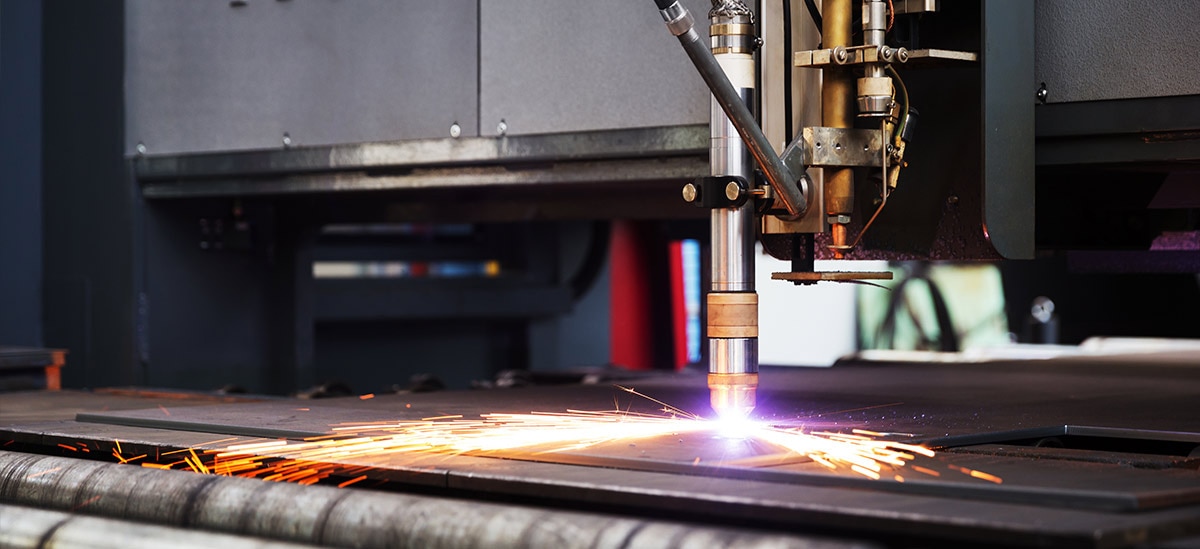
Whether your company has $5 million in annual sales or $5 billion, anything you can do to lower expenses and maximize budget dollars responsibly is positive.
In capital-intensive industries, a change in equipment finance structure can:
- Help businesses improve cash flow.
- Positively impact operating expenses.
- Improve long-term profitability.
If your business encounters pressure on cash reserves, or you want new and creative opportunities to turn your treasury department into a liquidity generating machine, consider capital leasing.
How Capital Leasing Works
Let's say your business needs to buy a big $50,000 machine to provide your core service and you have three options.
The three options are:
1. Buying the machine with cash
2. Using an equipment loan
3. Leasing the equipment
In all cases, there is a cost, or at least an opportunity cost, to use cash for purchases. Perhaps you need cash for upcoming debt payments, or maybe you want to keep spare capital for emergencies or acquisitions.
Whatever the reason, you may want to attain the asset without a significant cash outlay and that is where capital leasing comes in.
Capital Leasing
Capital leasing is comparable to buying with a loan. The lessor (the leasing company) pays for the equipment at the start of the lease, and the lessee (your business) makes monthly payments over the life of the contract. However, instead of expensing the monthly payment, only the interest portion is expensed.
Even though a capital lease may look and act like a loan at times, it can offer additional flexibility when structuring your payment and can offer unique end-of-term options.
Capital Leasing Maximizes Cash Flow
Capital leases allow your business to acquire assets without a full-cost initial cash outlay, which can help preserve cash in the short term and can create smaller monthly payments over the lease's duration.
If you are looking to acquire a $50,000 asset, you can acquire it without spending $50,000 immediately.
Almost all commercial equipment loses value over time.
Investing into an asset class that will most likely lose value might not be the best tactic to maximize return on capital.
In addition, capital leases can offer unique benefits for structuring payments that effectively align with your cash flow needs.
Capital leases can help optimize cash flow when seasonal or up-front equipment investments are required to support bidding or preparation for new business.
Step-up, step-down and seasonal-payment arrangements are just some benefits that maximize cash flow when you need it most.
How Capital Leasing Aligns with Equipment Use
Financial decision makers frequently receive capital expenditure requests without context pertaining to how equipment will be used.
For CFOs, some capital expenditure requests might appear as an abstract dollar figure and may lead them to decide on a simple loan or cash-supported investment strategy.
Executives should consider capital leasing if they:
- Believe the equipment will not generate revenue for the first six months.
- Know the equipment will only be used for four years and then resold to a contracted third party.
- Are unaware of additional uses for the equipment.
Capital leasing offers structural flexibility that allows you to effectively match revenues with expenses.
Additionally, capital leasing can provide end-of-term needs that align with how equipment will be used, how long it will be used for, how it will be disposed of and when to restart the equipment's replacement cycle.
Addressing hidden operating costs with capital leasing can lead to significant long-term cost savings.
Does Capital Leasing Fit for Your Business?
Capital leasing might not be a perfect fit for every company. It's one component of a larger equipment finance strategy.
If your company only views each acquisition as a transaction, you could be missing opportunities.
How Can You Extend Your Cash Flow With Capital Leases?
Learn how capital leases could improve your company's cash flow by connecting with a PNC Equipment Finance representative.




